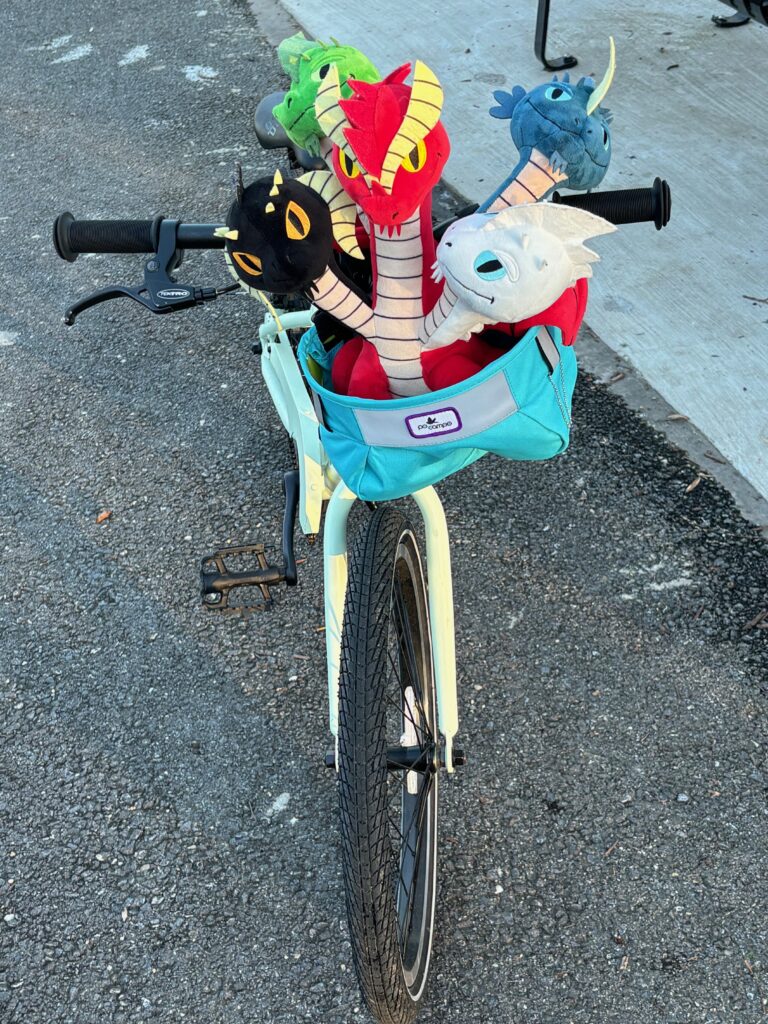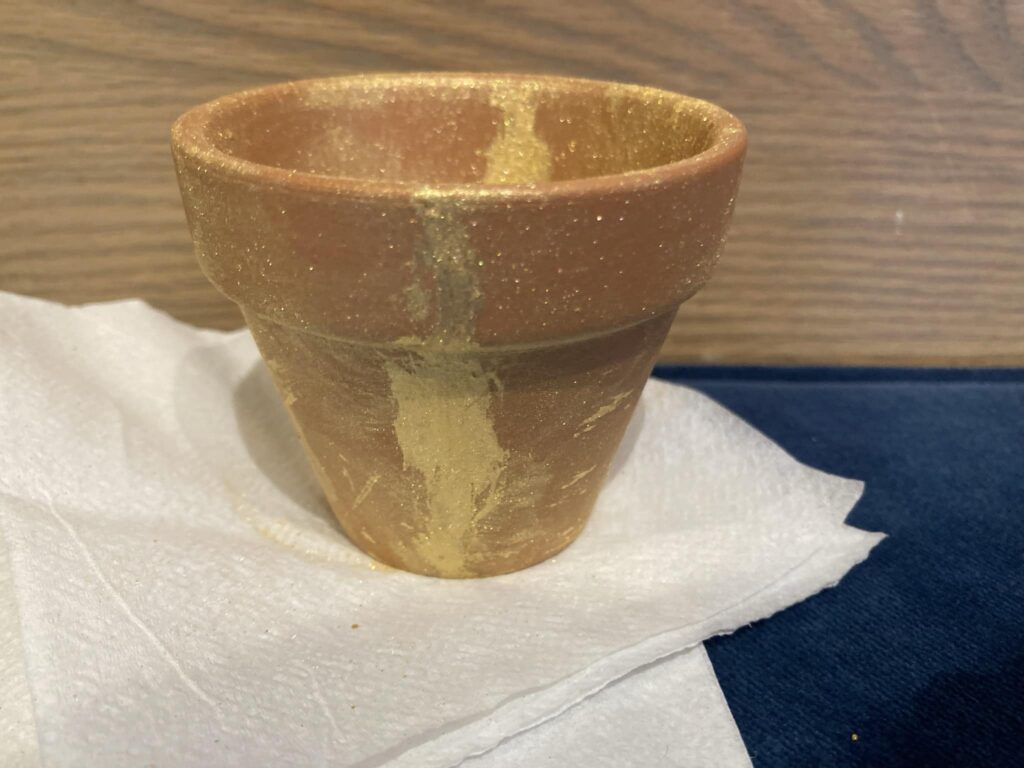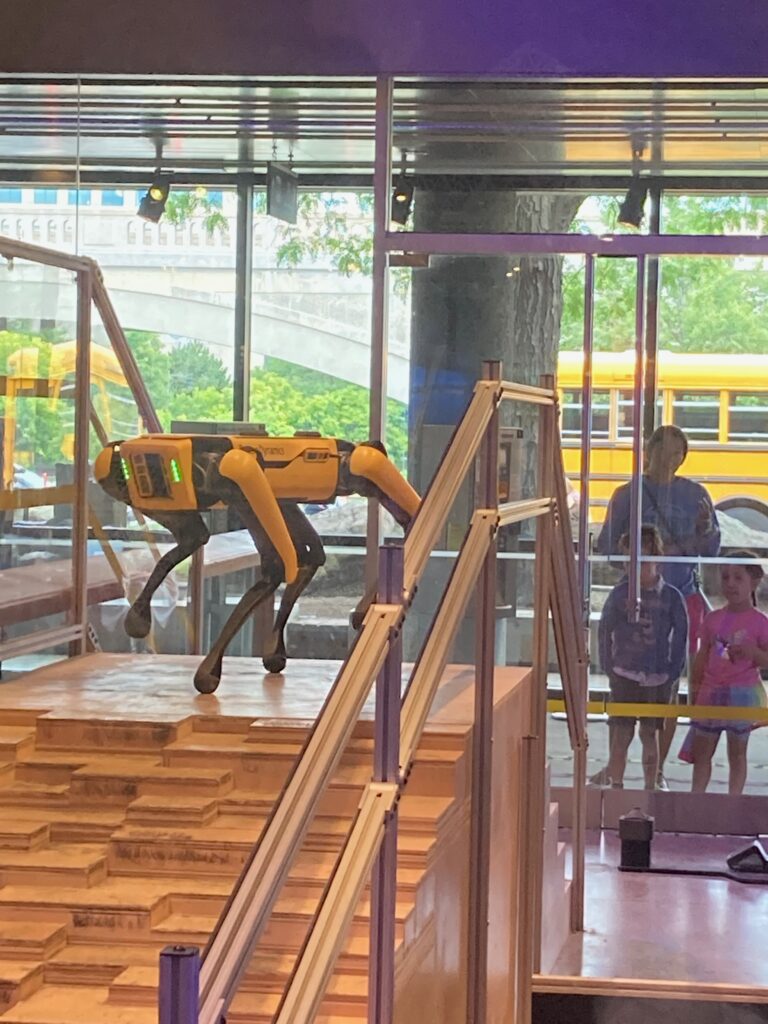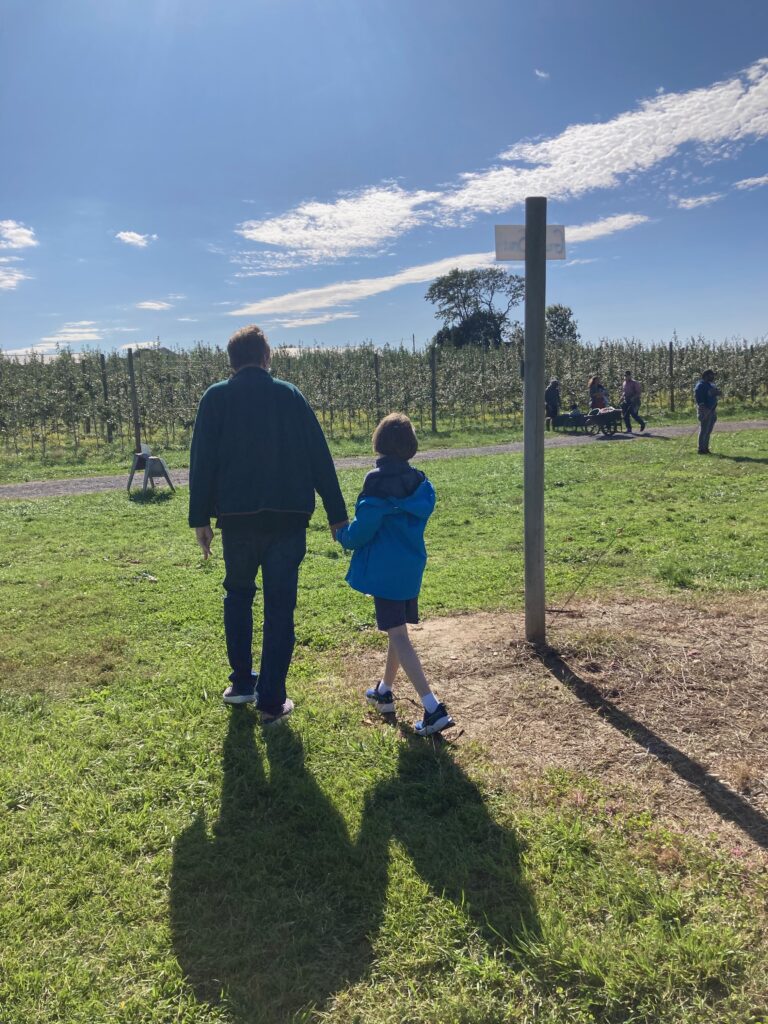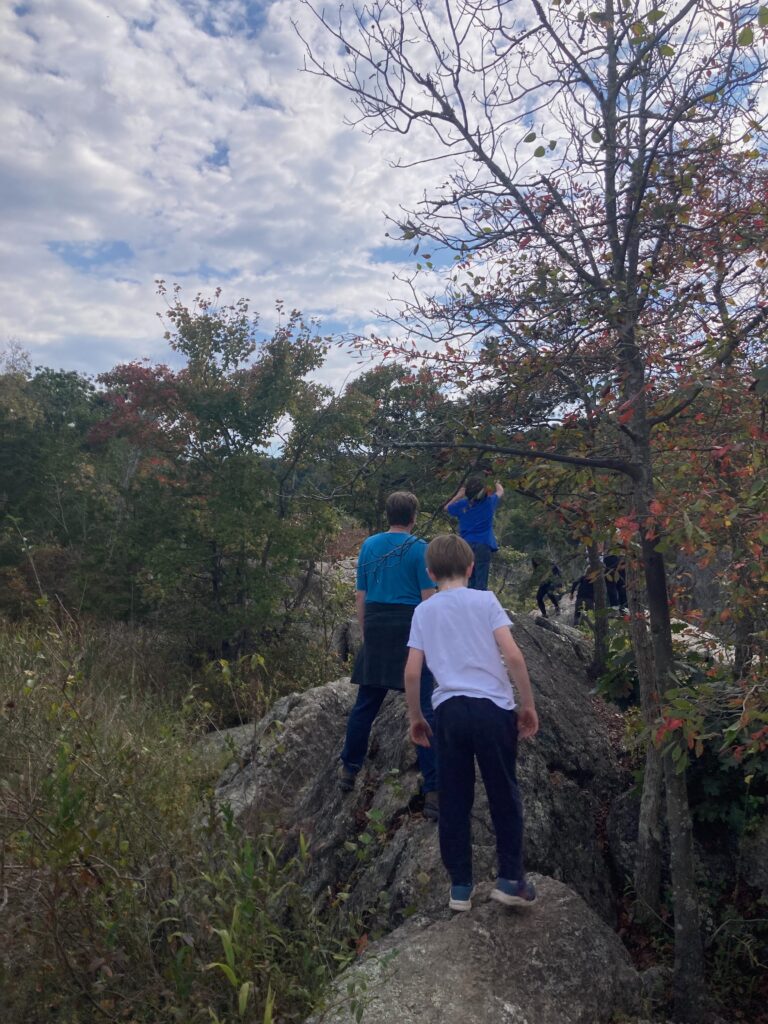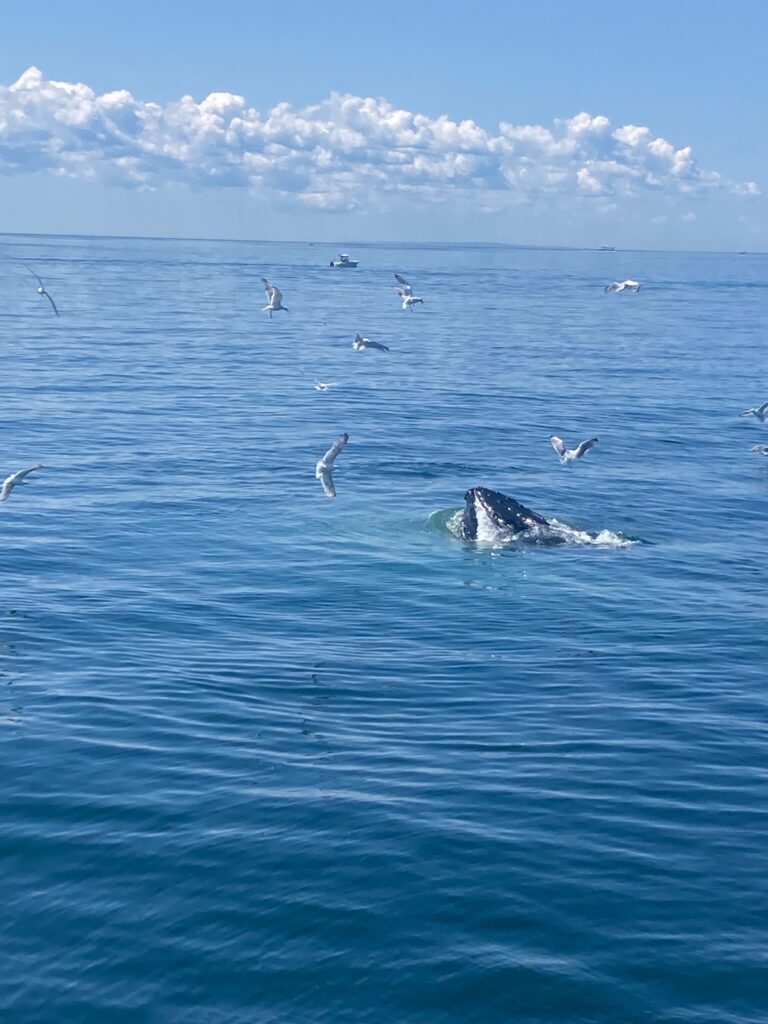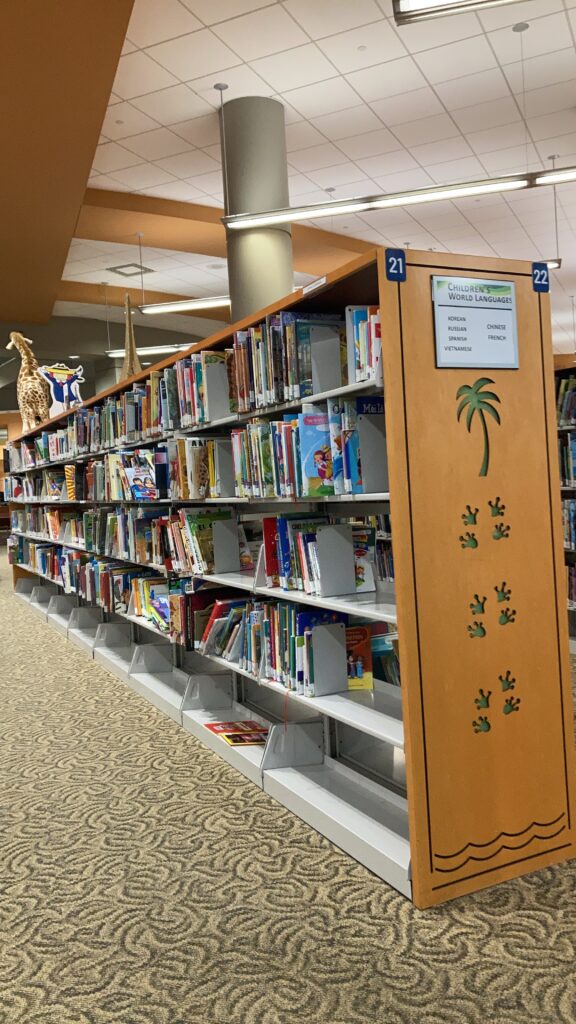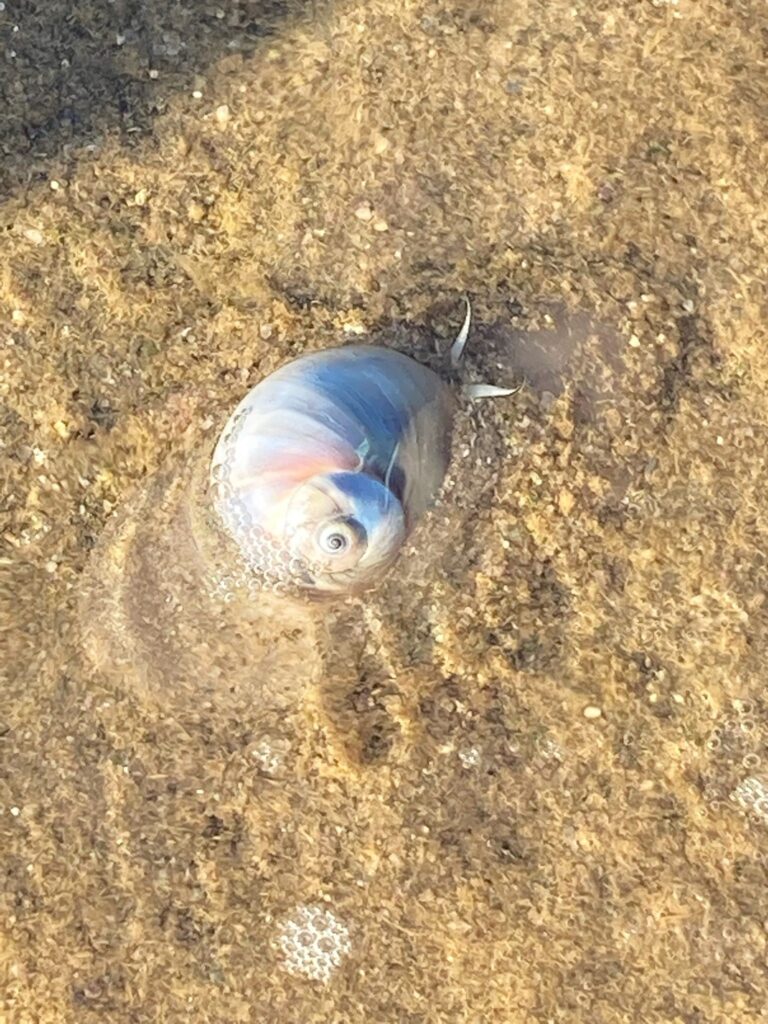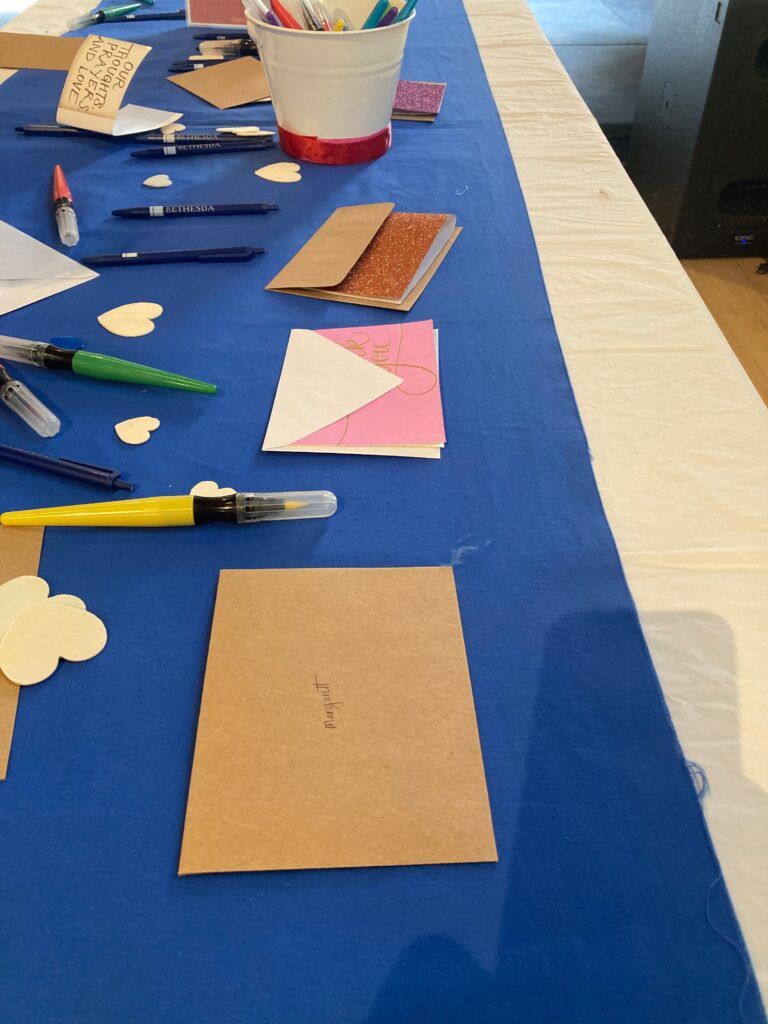
“Remember Ms. Margarett from church? She’s in that picture,” I said to my younger son, pointing at a photo of her and her husband. “She’s had cancer for a long time and she’s at the point where the treatment isn’t doing much and is making her feel worse. So she’s stopping treatment. But that means that she’ll die soon. They’re just trying to make her as comfortable as possible and we’re making cards about peace and love. But like, we can’t say get well soon or anything like that. Because she won’t.”
“Hm,” he said, contemplating the situation. He started drawing an elephant.
Continue reading
